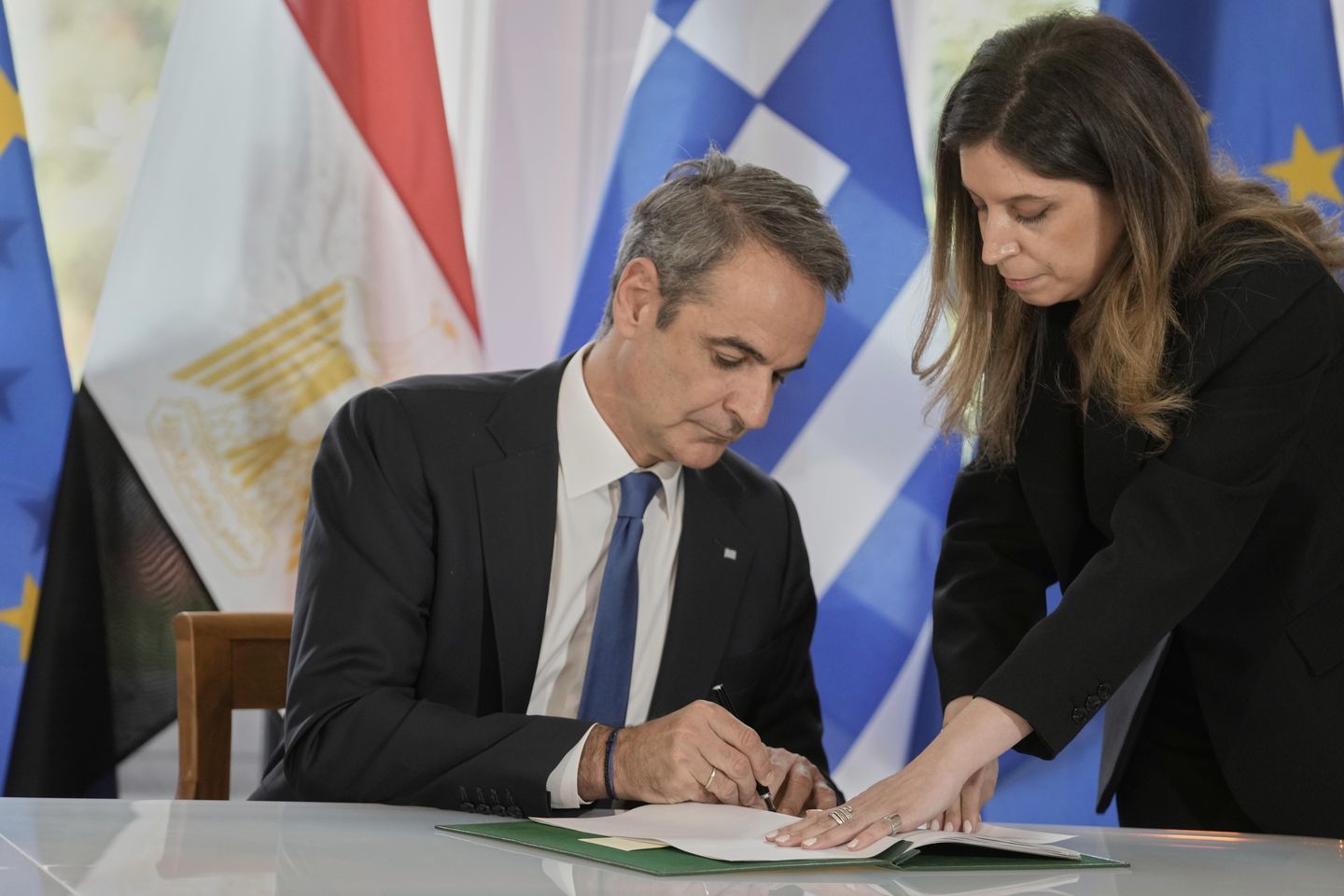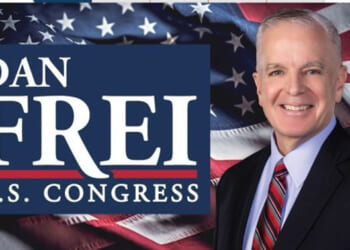
Greece’s prime minister said Friday that President Trump’s demand that NATO countries spend 5% of their gross domestic product on defense would be nearly impossible for most members.
“I think 5% frankly, is very, very difficult,” Kyriakos Mitsotakis said in a CNBC interview. “If we’re talking about hard defense spending, I think 3.5% is probably the ceiling of what could be sort of accepted.”
Mr. Trump has repeatedly criticized NATO leaders for failing to spend enough on their own defense. Since taking office in January, the president has demanded that members contribute up to 5% of their GDP to defense spending.
While Mr. Mitsotakis say the 5% allocation is unrealistic in the near future, he admitted that it would be a reasonable long-term goal for NATO nations if other investments in defensive infrastructure could be counted in the investment umbrella.
NATO General Secretary Mark Rutte wants NATO members to meet a new 5% threshold by 2032, but he has proposed that nations spend 3.5% of GDP on defense while putting aside another 1.5% for other security-related investments.
Many NATO members have struggled to maintain the current 2% defense spending benchmark. According to NATO’s own accounting, only Estonia, Poland and the U.S. spent more than 3.4% of their GDP on defense last year.
Greece spent more than the NATO goal last year, allocating 3.1% of its GDP to defense spending.
However, Mr. Trump’s demands and Russia’s war in Ukraine have sparked a major interest in increasing defense spending among NATO members.
Newly elected German Chancellor Friedrich Merz this week indicated that his nation was fully dedicating itself to boosting Europe’s security with more defense spending.
“This is appropriate for Europe’s most populous and economically powerful country. Our friends and partners also expect this from us. Indeed, they practically demand it,” he said Thursday at the deployment ceremony for Germany’s 45th tank brigade in Lithuania.
Last month, Spain announced a $10 billion investment plan aimed at helping the country reach the current 2% NATO spending goal. Previously, the country was projected to meet the goal by 2029, but the investment plan is expected to speed up that timeframe.












